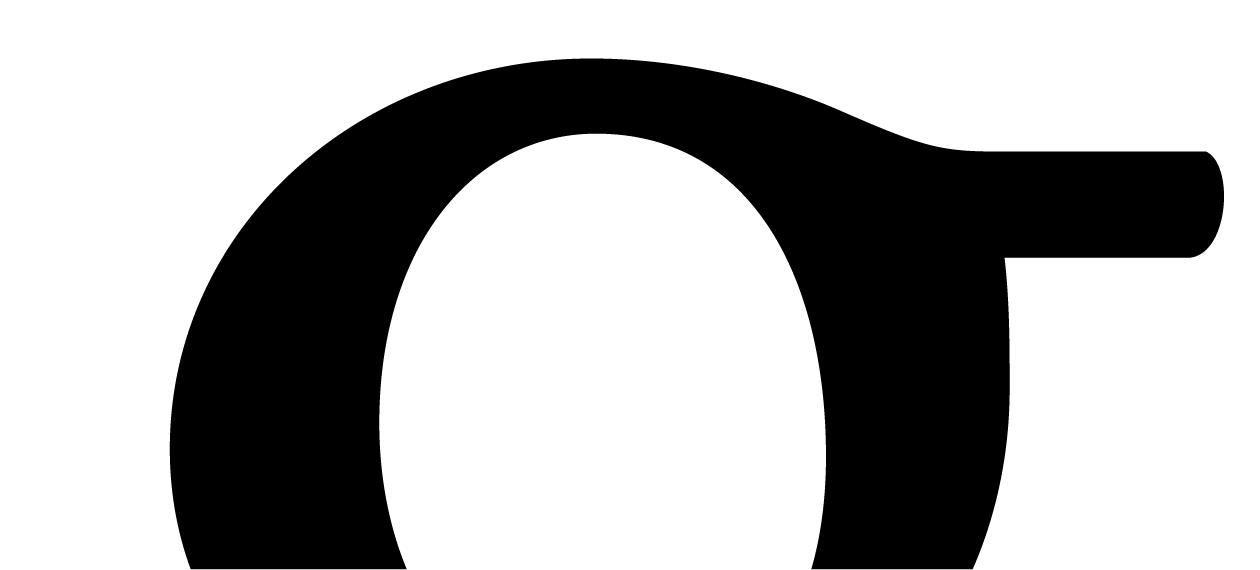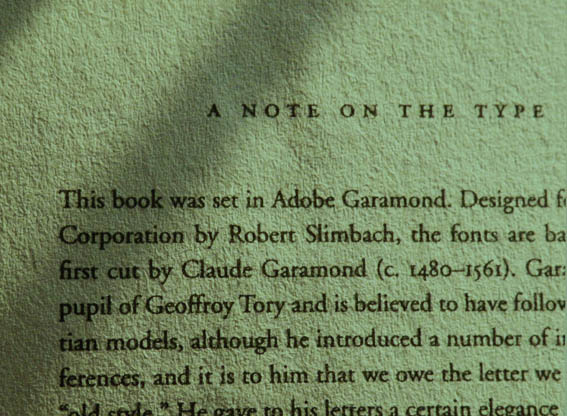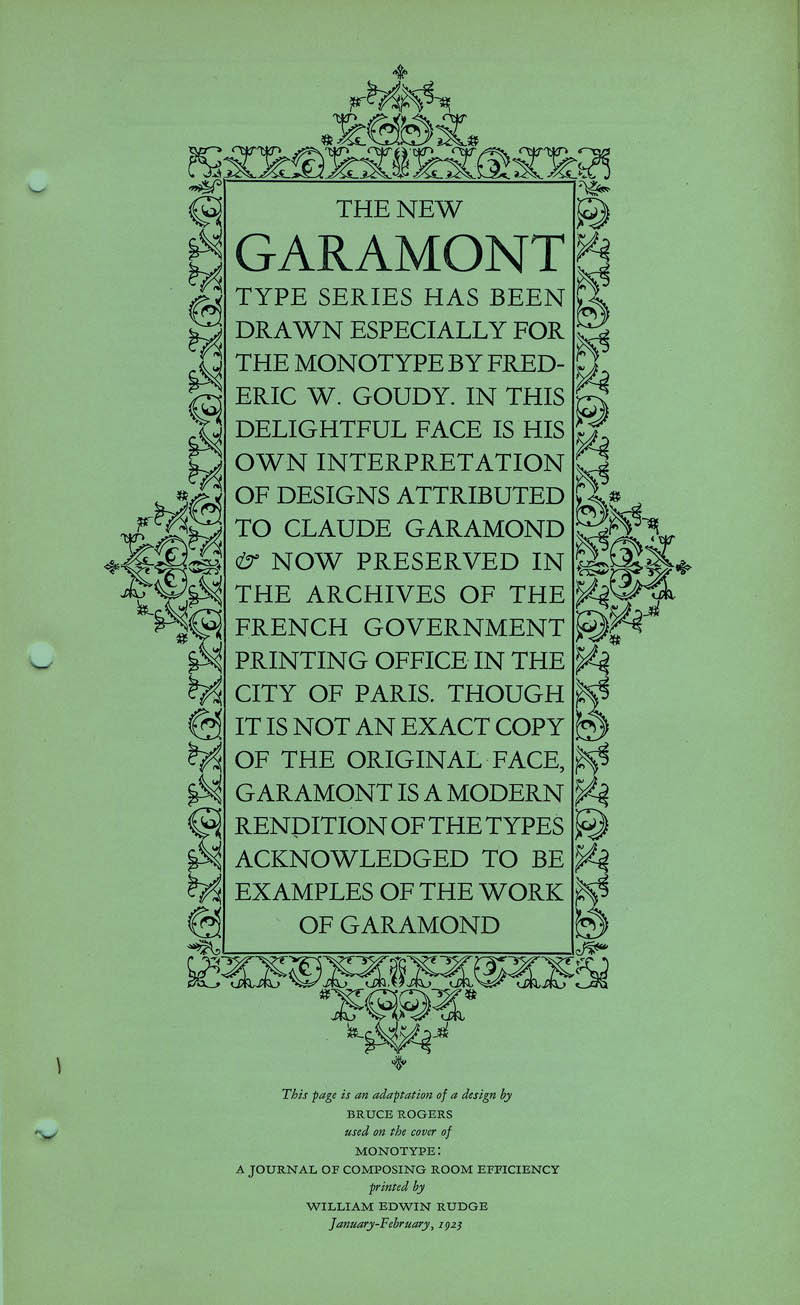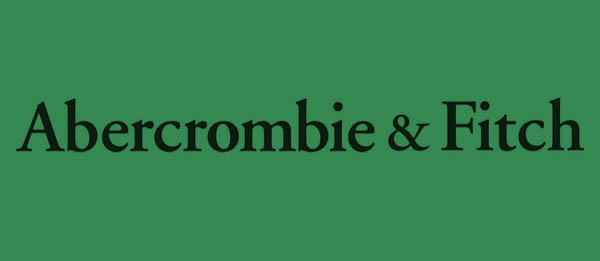History
The origins of Adobe Garamond go back much further than its inception in the late 20th century. There is a huge legacy behind the name Garamond, and all of it is descendant from one French type designer and engraver named Claude Garamond. Garamond, alive between 1499 and 1561, was best known for the roman style typefaces he designed. He was an apprentice to Antoine Augerau and later worked for Geoffroy Tory, a very well acclaimed engraver at the time (Claude Garamond). In his time working as an engraver and type designer Garamond developed his own well distinguishable style which is best characterized by soft rounded serifs that often have a concave slanted dip to them.
There is no “original Garamond” typeface. The name is simply from the general characteristics and style of Claude Garamond, which modern type designers continue to go back to. In 1530 however Robert Estienne created a typeface resembling many of the Garamond inspired ones seen today (Chapter 11: Garamond: The Font Series Guide). Since that time the Garamond style has seen several revivals in popularity. In the early 20th century a French type foundry, Imprimerie nationale, began using an old-style Garamond typeface designed by Jean Jannon (Velarde). Today there are many more variations of Garamond to choose from, including Adobe Garamond.






